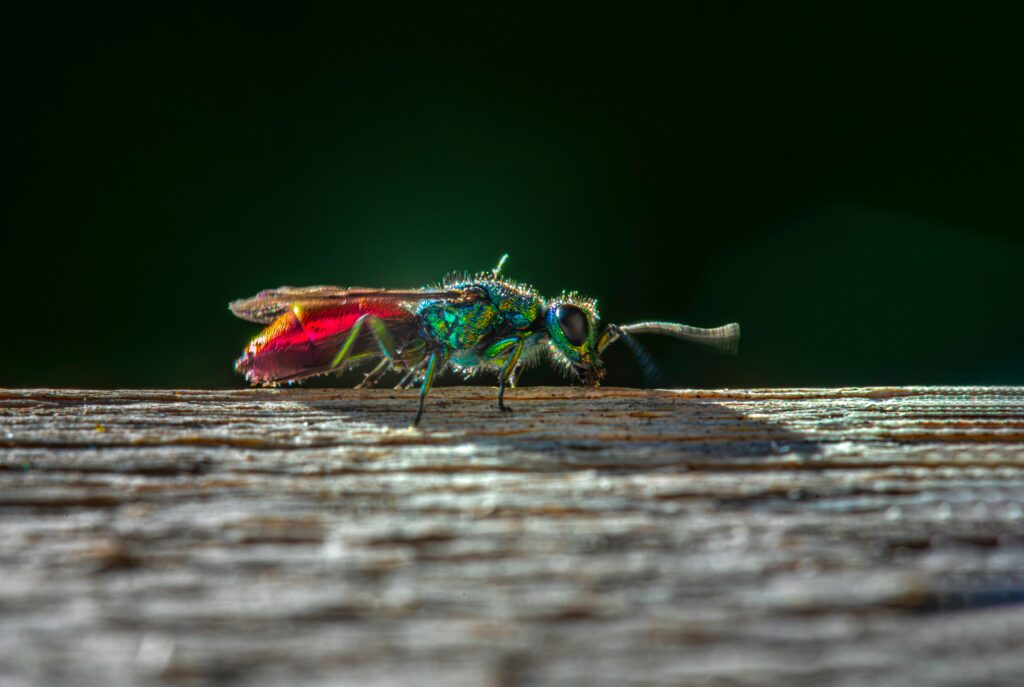While chameleons are the poster children for color-changing abilities in the animal kingdom, a fascinating array of insects possess equally impressive chromatic talents. These remarkable invertebrates can transform their appearance for camouflage, communication, thermoregulation, and even emotional expression. From vibrant tropical species to common backyard bugs, color-changing insects have evolved sophisticated mechanisms that allow them to modify their appearance in response to their environment and needs. Let’s explore these miniature masters of disguise and discover how their color-changing abilities compare to their more famous reptilian counterparts.
The Science Behind Insect Color Change
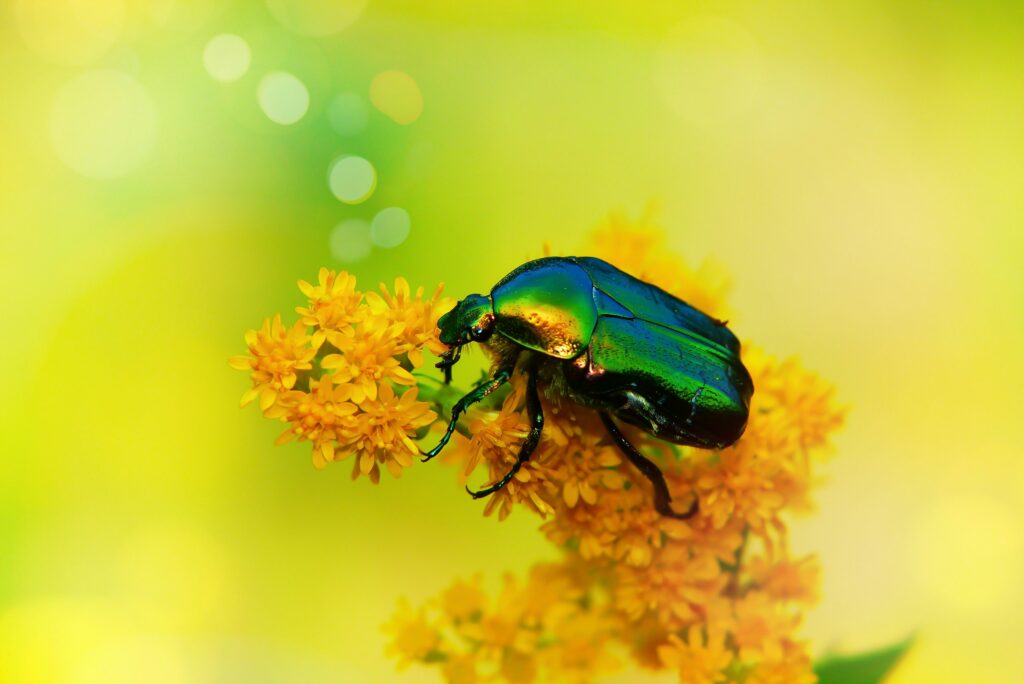
Unlike vertebrates, which typically change color through the movement of pigment-containing cells called chromatophores, insects employ different mechanisms for their transformations. Many insects change colors through a combination of structural colors (created by the physical properties of their exoskeleton) and pigmentary colors (actual chemical compounds that absorb or reflect light). Some species can rapidly expand or contract specialized cells containing pigments, while others undergo more gradual changes through hormonal processes. The most sophisticated insect color-changers possess multiple layers of cells with different optical properties, allowing them to produce a wide spectrum of colors by altering the distance between these layers. This complex interplay of biological structures enables some insects to rival or even surpass chameleons in their color-changing capabilities.
Golden Tortoise Beetles: Jewels That Change
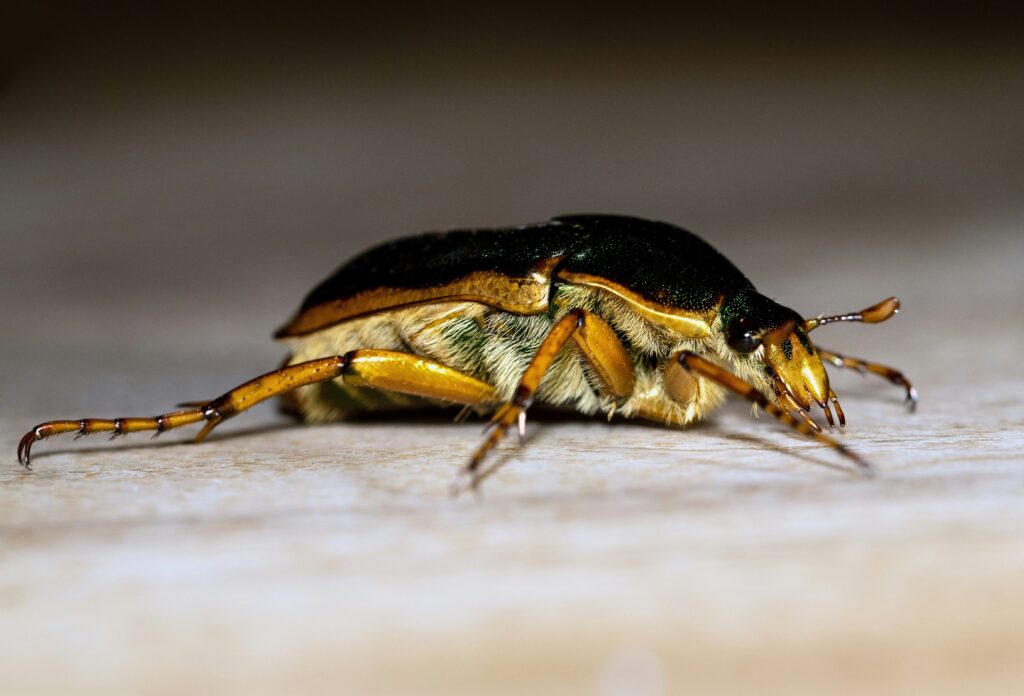
The golden tortoise beetle (Charidotella sexpunctata) stands as one of nature’s most dazzling insect color-changers. These small leaf beetles typically display a brilliant, metallic gold appearance that has earned them the nickname “gold bugs.” When disturbed or threatened, however, they can rapidly transform from metallic gold to a reddish-orange or even a dull brown color. This remarkable ability comes from an optical illusion created by the microscopic structure of their shells and the presence of moisture. The beetle’s shell contains multiple transparent layers that reflect light to create the gold appearance, but when the beetle becomes stressed, it can drain the moisture from between these layers, altering how light reflects and causing the color shift. After the threat passes, the beetle gradually returns to its shimmering golden state.
Crab Spiders: Masters of Ambush Camouflage
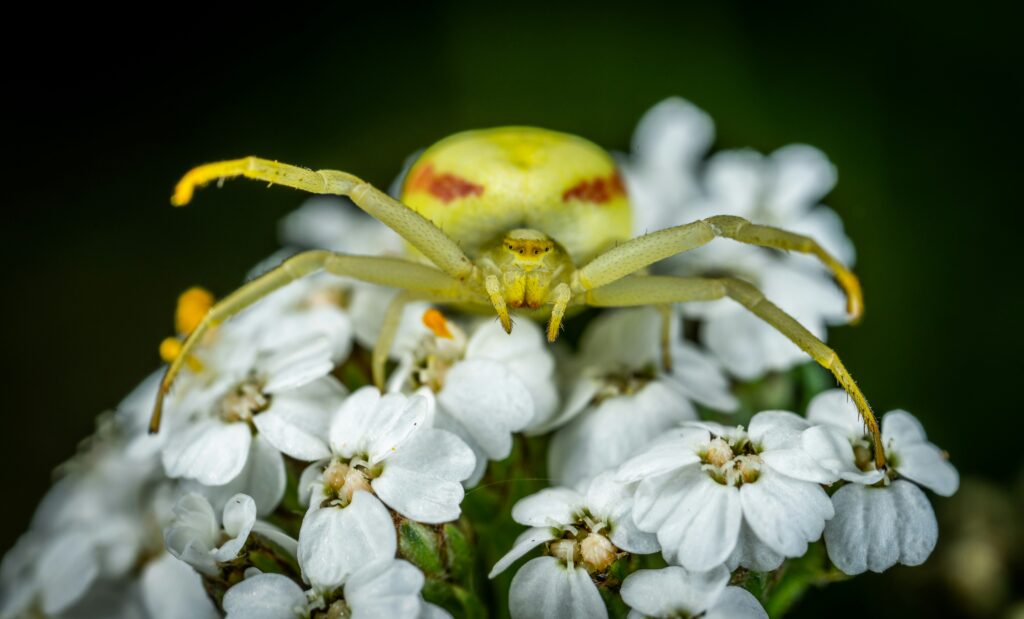
While technically arachnids rather than insects, crab spiders deserve mention for their extraordinary color-changing abilities. Several species in the family Thomisidae can gradually change their body color to match the flower they’re perched upon, creating the perfect ambush platform for unsuspecting pollinators. The goldenrod crab spider (Misumena vatia) is particularly adept at this transformation, able to shift between white and yellow over a period of several days. This color change happens through the production or breakdown of pigments called ommochromes in response to visual input from their environment. Female crab spiders possess this ability to a much greater degree than males, likely because they spend more time hunting on flowers. Their remarkable camouflage allows them to disappear against their floral backdrop, becoming nearly invisible to both prey and predators.
Stick Insects: Slow but Dramatic Transformations
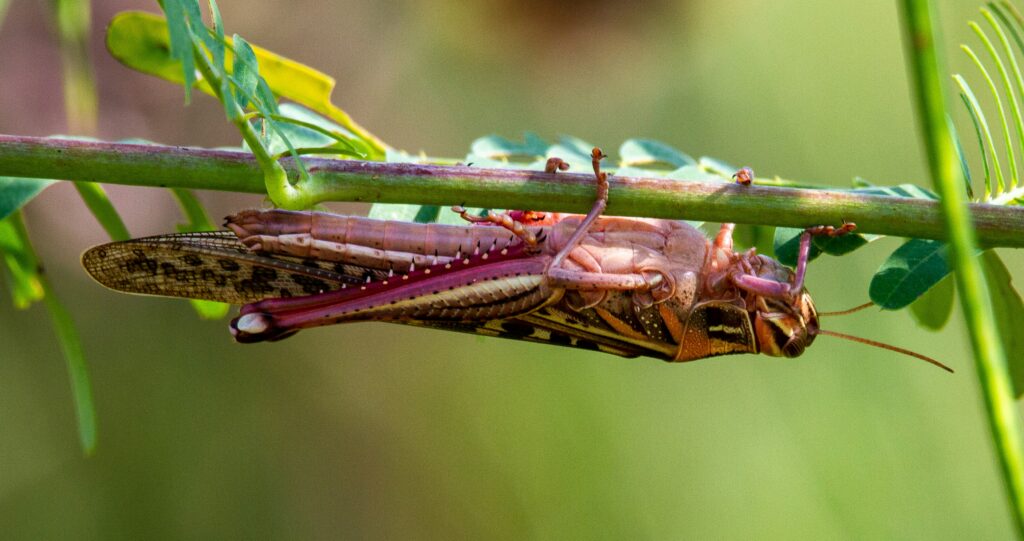
Several species of stick insects (order Phasmatodea) possess the ability to change their coloration over time to better match their surroundings. Unlike the rapid changes seen in some other color-changing insects, stick insects typically require days or even weeks to complete their transformation, often coinciding with molting cycles. The Indian stick insect (Carausius morosus), for example, can shift between brown, green, and various intermediate shades depending on environmental factors like light, temperature, and the color of surrounding vegetation. These changes occur through the gradual production of different pigments in the insect’s exoskeleton and are primarily controlled by hormonal processes. The stick insect’s slow but effective color changes complement their already remarkable physical resemblance to twigs and leaves, making them doubly effective at avoiding predation.
Damselflies and Their Mood-Indicating Colors
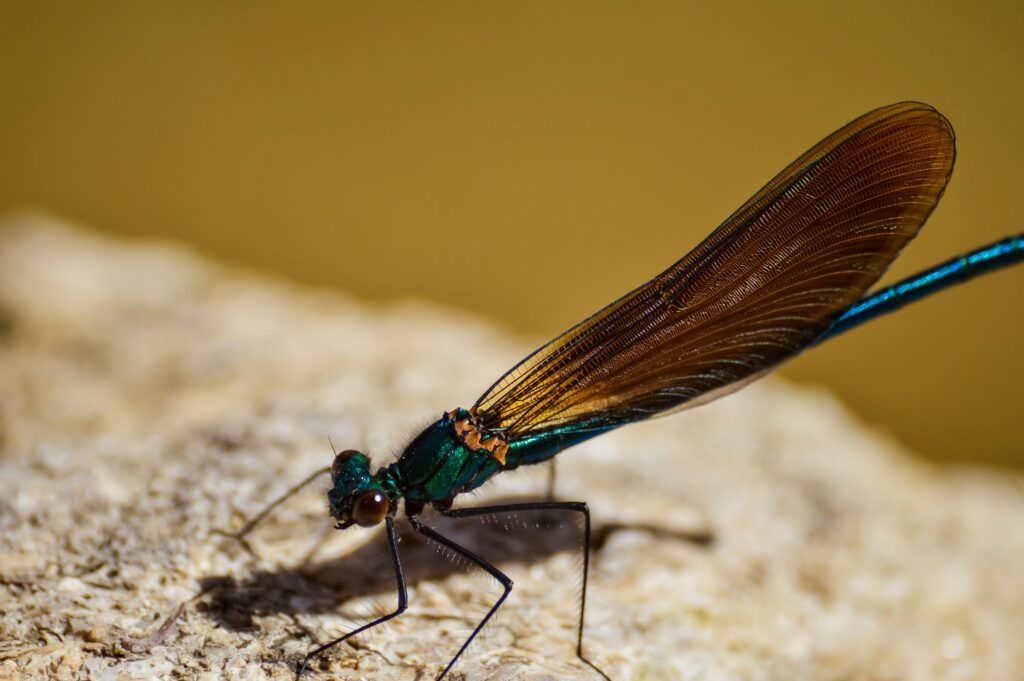
Several damselfly species demonstrate fascinating color-changing abilities that often serve social and sexual functions rather than camouflage. Male American rubyspot damselflies (Hetaerina americana) can change the intensity of their wing coloration based on their aggressive state, with more dominant males displaying brighter red patches. Similarly, the blue-tailed damselfly (Ischnura elegans) features females that can change color throughout their lifetime, with young females often appearing bright orange or violet before maturing to a more male-like blue or a drabber green. These color changes are typically mediated by a combination of age, temperature, and hormonal factors. Some damselfly females can even appear in multiple distinct color morphs within the same population, which may help prevent harassment from males by mimicking the appearance of males or less receptive females.
Grasshoppers That Change With the Seasons

Several grasshopper species exhibit remarkable seasonal color adaptations that help them blend with changing environmental conditions. The eastern lubber grasshopper (Romalea microptera) can appear in different color forms ranging from yellow with black markings to almost entirely black, depending on temperature and humidity conditions during development. Perhaps more impressive is the desert locust (Schistocerca gregaria), which can transform not only its color but its entire physical form and behavior when transitioning between solitary and swarming phases. Solitary individuals typically appear green or brown to match vegetation, while swarming individuals develop a striking yellow and black warning coloration. These changes are triggered by population density and involve complex hormonal processes that affect pigment production in the insect’s exoskeleton.
Peppered Moths: Evolution’s Color-Changing Poster Child

The peppered moth (Biston betularia) represents one of the most famous examples of evolutionary color change in insects, albeit over generations rather than within a single individual’s lifetime. Before the Industrial Revolution in England, these moths were predominantly light-colored with dark speckles, helping them blend with lichen-covered trees. As pollution darkened the trees with soot and killed the lichens, a dark form of the moth (known as carbonaria) became dominant since birds could easily spot the lighter moths against blackened bark. When air quality improved in the late 20th century, the light-colored forms began to recover in frequency. While individual moths cannot change their color, this case dramatically illustrates how natural selection can shift color frequencies in populations over time in response to environmental changes.
Chameleon Prawns: The Marine Color-Changers
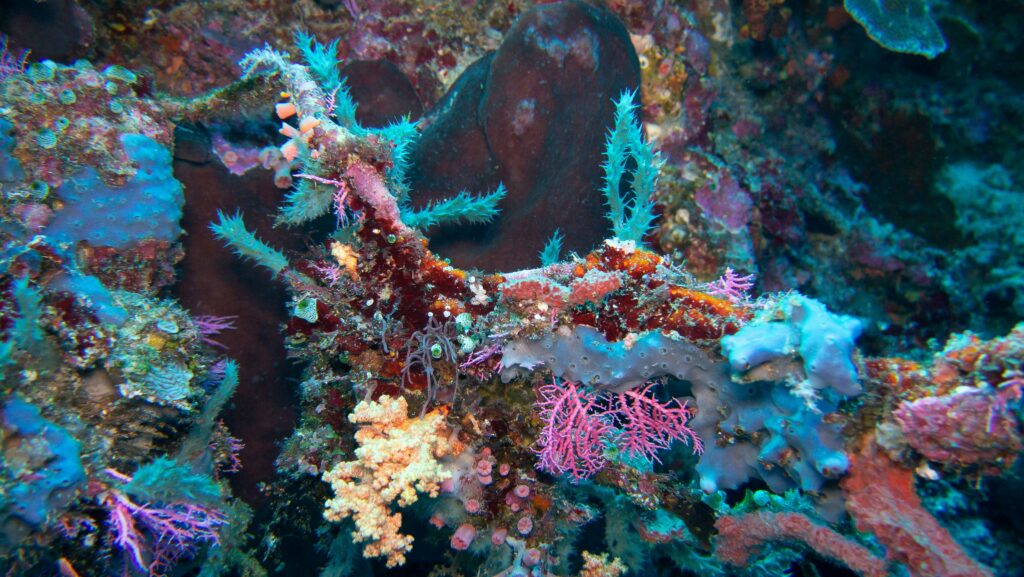
Though technically crustaceans rather than insects, chameleon prawns (Hippolyte varians) warrant recognition for their remarkable color-changing capabilities. These small marine creatures can gradually change their body color to match the seaweed they inhabit, appearing green when living among green algae or red when dwelling on red seaweeds. Unlike the rapid changes seen in some insects, these prawns typically require several days to complete their transformation, which occurs through the gradual production or breakdown of red, yellow, and blue pigments in specialized cells called chromatophores. Some individuals can maintain a transparent appearance in areas with mixed vegetation, allowing the background colors to show through their bodies. This adaptability allows chameleon prawns to colonize different types of seaweed while maintaining effective camouflage against visual predators.
Temperature-Sensitive Color Change in Beetles
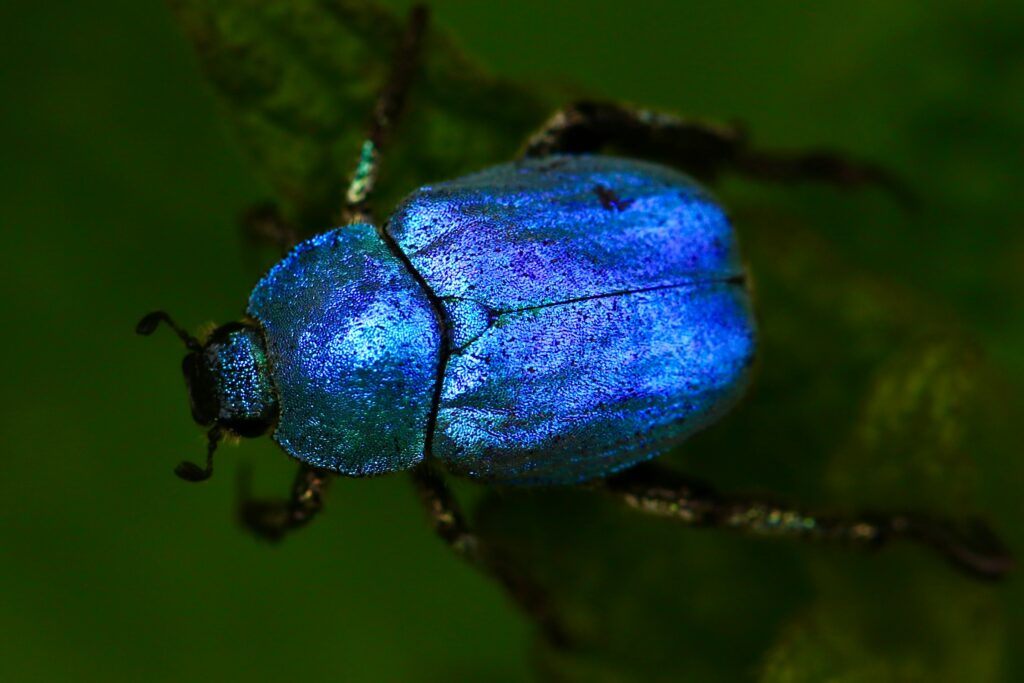
Several beetle species exhibit fascinating temperature-dependent color changes that serve both protective and thermoregulatory functions. The tiger beetle Cicindela oregona varies its color based on ambient temperature, appearing darker in cooler conditions to better absorb heat and lighter in warm conditions to reflect more sunlight. This adaptation helps the beetle maintain optimal body temperature across varying environmental conditions. Similarly, certain leaf beetles can adjust their structural coloration based on temperature, shifting from reddish to greenish hues as temperatures rise. These changes typically occur through alterations in the spacing of microscopic structures in the beetle’s cuticle, which affects how light is reflected and which wavelengths are most visible. Unlike some other insect color changes, these temperature-dependent shifts are purely physical responses rather than active biological processes.
Dragonflies and Their Age-Related Color Transformations
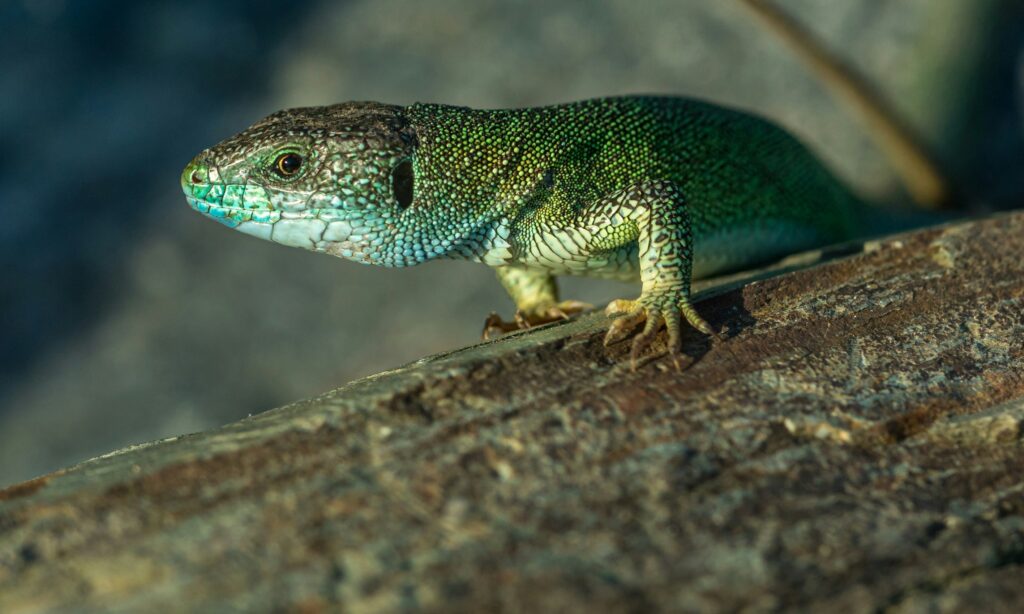
Many dragonfly species undergo dramatic color changes as they mature, transforming from dull, cryptic juveniles to brilliantly colored adults. The blue dasher dragonfly (Pachydiplax longipennis) offers a striking example, with young males appearing brown or olive before developing a vibrant blue pruinosity (a waxy powder) that covers their bodies as they reach sexual maturity. Similarly, the meadowhawk dragonflies (Sympetrum species) begin life with yellowish or tan coloration but eventually develop bright red bodies as they age. These changes are primarily driven by hormonal processes and the gradual accumulation of pigments in the dragonfly’s exoskeleton. While not as rapid or responsive as some other insect color changes, these age-related transformations serve important roles in sexual signaling and territorial behavior among adult dragonflies.
The Remarkable Mimic Octopus Katydid

The mimic octopus katydid (Chlorobalius leucoviridis) from Australia possesses truly extraordinary color-changing abilities among insects. This remarkable creature can gradually shift between vibrant green and various shades of brown to match its surroundings, a process that typically takes several hours to days. What makes this katydid particularly special is that it combines its color-changing ability with behavioral mimicry, able to flatten its body and extend its limbs to resemble leaves or twigs. Scientists have discovered that these color changes are controlled by a combination of hormonal processes and direct neural signals that trigger pigment redistribution in specialized cells within the katydid’s exoskeleton. The katydid’s complex camouflage system allows it to effectively disappear against multiple backgrounds, making it one of the insect world’s premier masters of disguise.
Aphids: Tiny Color-Changers with Big Impacts
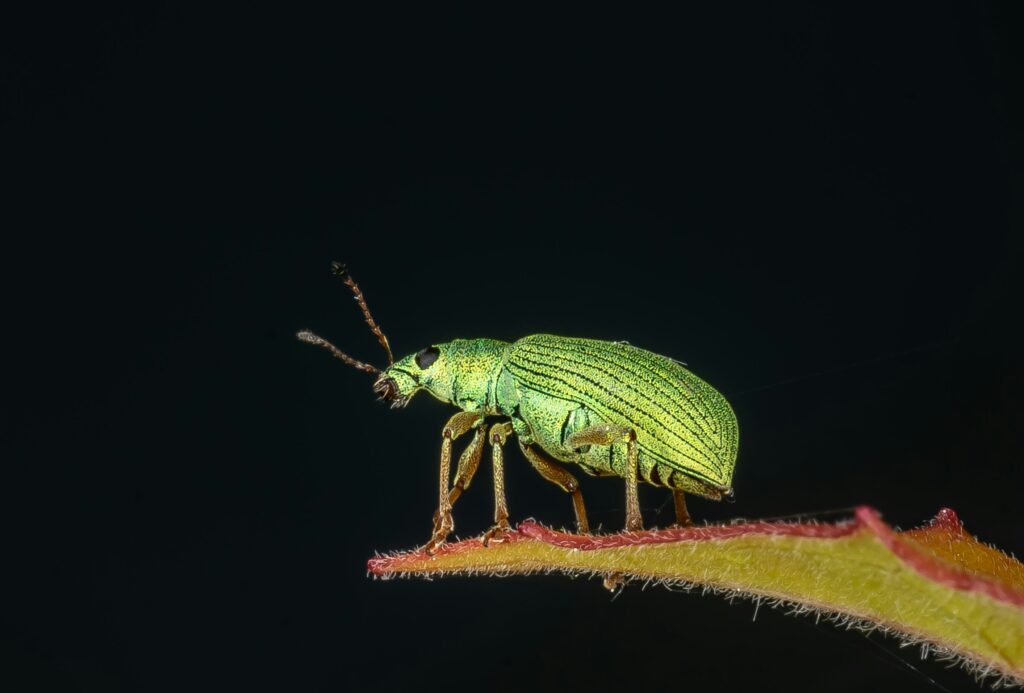
These minuscule sap-sucking insects may seem unremarkable, but several aphid species possess surprising color-changing abilities that serve various adaptive functions. The pea aphid (Acyrthosiphon pisum) can produce offspring in different color morphs ranging from green to red based on environmental conditions and predator presence. When predatory ladybugs are abundant, red forms become more common as they contain higher levels of carotenoids that make them less palatable. Some aphid species can even change color in response to temperature, appearing darker in cold conditions to absorb more heat. Remarkably, certain aphids have evolved the ability to change color seasonally, with summer forms being green to blend with living plants and autumn forms developing reddish or brownish hues to match senescing foliage. These color adaptations have helped make aphids one of the most successful and abundant insect groups worldwide.
The Future of Research on Insect Color Change
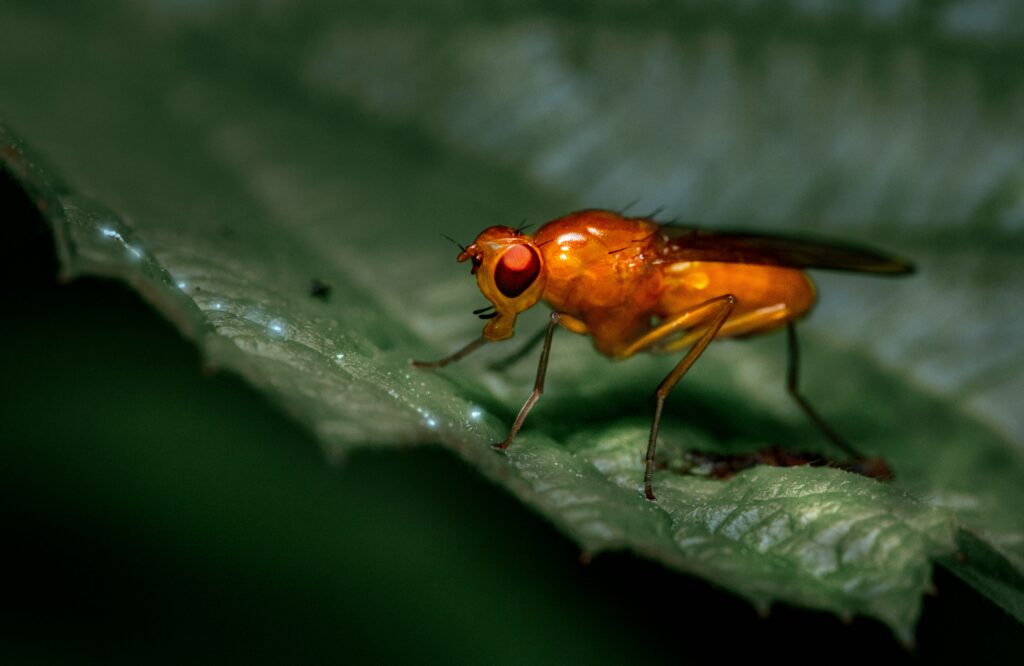
The study of color-changing insects continues to yield exciting discoveries with potential applications beyond biology. Scientists are investigating the molecular mechanisms behind these color transformations to develop new bio-inspired technologies, such as advanced camouflage materials and color-changing fabrics. The golden tortoise beetle’s ability to shift from metallic gold to red has particularly interested researchers developing optical materials that can change properties in response to environmental conditions. Climate change research is also benefiting from studying these insects, as their color-changing abilities often respond to temperature and can serve as biological indicators of environmental shifts. As imaging technologies advance, researchers are increasingly able to detect subtle color changes invisible to the human eye, revealing that color-changing abilities may be far more widespread among insects than previously recognized.
Conclusion
The insect world’s color-changing champions demonstrate nature’s incredible diversity of solutions to the challenges of survival. From the golden tortoise beetle’s instantaneous metallic transformations to the slow seasonal shifts of grasshoppers, these remarkable adaptations serve purposes ranging from camouflage and communication to thermoregulation and mate selection. While chameleons may receive more popular attention for their color-changing abilities, insects have evolved equally sophisticated—and in some cases superior—mechanisms for transforming their appearance. As research continues to uncover the complex biological and physical processes behind these transformations, we gain not only a deeper appreciation for these fascinating creatures but also inspiration for new technologies that mimic nature’s ingenuity.

